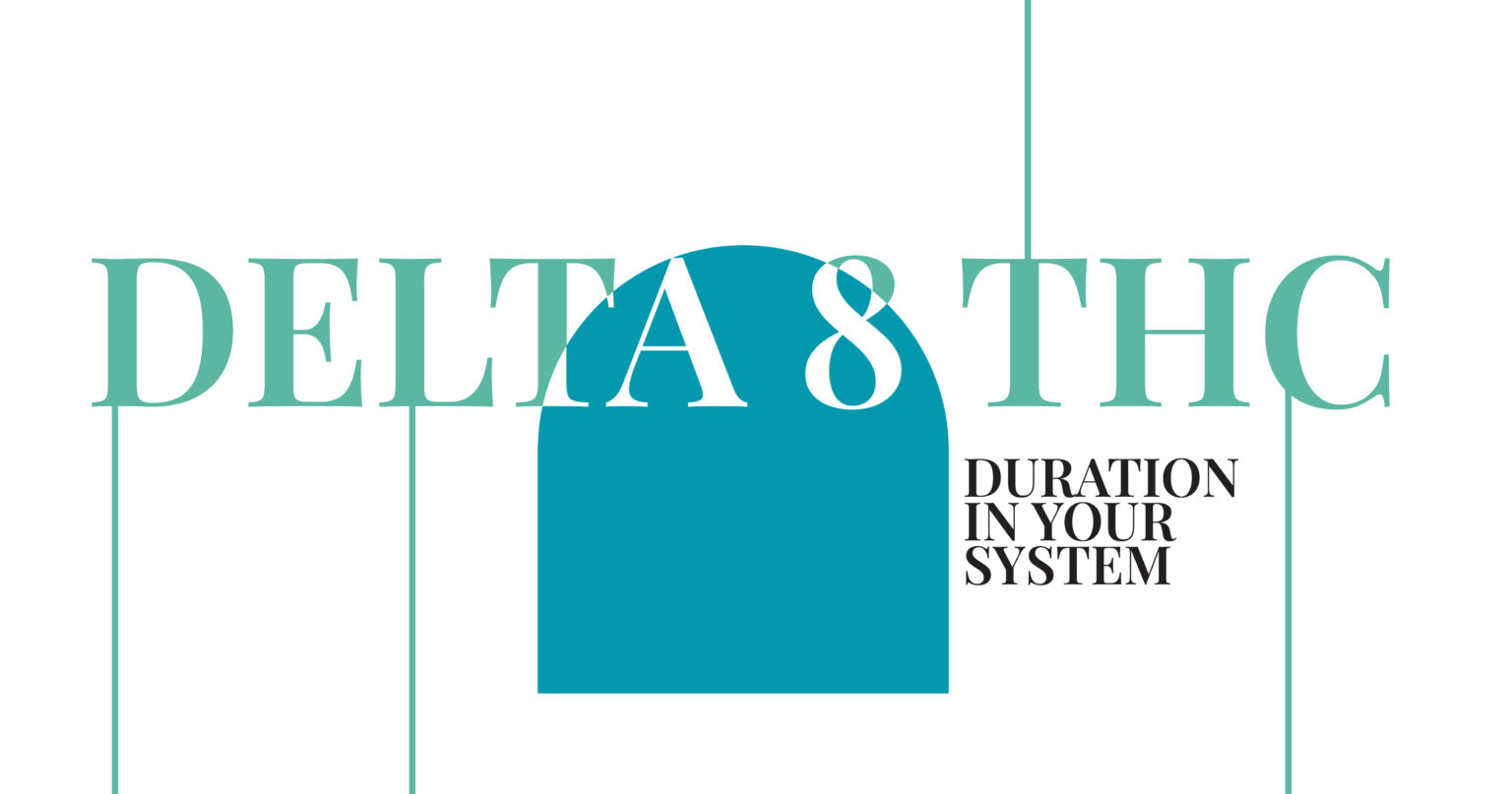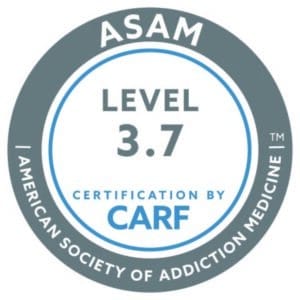In recent years, the rise in fentanyl abuse has become a significant public health concern. Fentanyl, a powerful synthetic opioid, is known for its extreme potency, which can be 50 to 100 times more potent than morphine. This has led to a dramatic increase in overdoses and fatalities. Addressing fentanyl addiction requires a nuanced understanding of the substance, its effects, and the most effective treatment strategies.
What is Fentanyl?
Fentanyl is a synthetic opioid initially designed for pain management, particularly for cancer patients. However, due to its powerful opioid properties, it has become a substance of abuse. Illicitly manufactured fentanyl is often mixed with other drugs, amplifying its potency and risk.
Recognizing Fentanyl Addiction
Fentanyl addiction can develop quickly, even after short-term use. Signs of addiction include intense cravings, withdrawal symptoms when not using, inability to control usage, and continued use despite understanding the risks. Recognizing these signs is crucial for early intervention.
Fentanyl’s potency makes it extremely dangerous. A tiny amount can lead to overdose, characterized by symptoms such as disorientation, difficulty breathing, unconsciousness, and, in severe cases, death. The drug’s high potency also increases the risk of developing an addiction.
Withdrawal from Fentanyl
Withdrawal from fentanyl can be particularly challenging. Symptoms can include severe pain, insomnia, diarrhea, vomiting, and intense cravings. These symptoms can be so intense that they drive individuals to continue using, perpetuating the cycle of addiction.
Detoxification: The First Step in Treatment
Detoxification is the critical first step in treating fentanyl addiction. This process should always be supervised by medical professionals due to the potential severity of withdrawal symptoms. In a controlled environment, healthcare providers can administer medications to ease withdrawal symptoms and monitor the patient’s health.
Medication Assisted Treatment (MAT) is an effective approach to treating opioid addiction, including fentanyl. Medications like methadone, buprenorphine, and naltrexone can help reduce cravings and withdrawal symptoms. These medications are used in conjunction with counseling and behavioral therapies to treat the whole person.
Behavioral Therapies: Addressing the Root Causes
Behavioral therapies are a cornerstone of fentanyl addiction treatment. Therapies like Cognitive Behavioral Therapy (CBT) and Dialectical Behavior Therapy (DBT) help individuals understand the root causes of their addiction, develop coping strategies, and learn to manage triggers and cravings.
Counseling, both individual and group, plays a vital role in addiction treatment. It provides a safe space for individuals to explore their emotions, experiences, and challenges. Group therapy also offers peer support, which is invaluable in recovery.
Holistic treatment approaches can complement traditional therapies. These can include mindfulness, yoga, acupuncture, and art therapy. These practices can help reduce stress, improve mental well-being, and provide new coping mechanisms.
The Importance of Aftercare
Recovery from fentanyl addiction is a long-term process. Aftercare programs are essential in maintaining sobriety. These can include ongoing therapy, support groups, and sober living environments. Aftercare provides continued support and helps prevent relapse.
Addiction not only affects the individual but also their family and loved ones. Family therapy and education are critical components of treatment. These programs help families understand addiction, develop healthier communication skills, and create a supportive home environment.
Overcoming Stigma
Stigma surrounding addiction can be a barrier to seeking treatment. It’s important to understand that addiction is a medical condition, not a moral failing. Overcoming stigma and promoting understanding is crucial in encouraging individuals to seek help.
The Role of Community and Support Networks
Recovery is often bolstered by strong community support. Engaging with support groups like Narcotics Anonymous (NA) or other community-based resources can provide ongoing encouragement and accountability.
Emphasizing Relapse Prevention
Relapse prevention is an integral part of treatment. This involves identifying triggers, developing coping strategies, and creating a plan for managing potential relapses. Relapse is not a sign of failure but a step in the journey of recovery.
The Path Forward
Recovery from fentanyl addiction is challenging but achievable. With the right combination of medical intervention, therapy, support, and personal commitment, individuals can overcome addiction and rebuild their lives.
Fentanyl addiction is a complex and serious issue, but with comprehensive treatment and support, recovery is possible. It requires a multi-faceted approach that includes medical care, therapy, community support, and personal determination. If you or someone you know is struggling with fentanyl addiction, know that help is available, and a path to a healthier, substance-free life is within reach.












